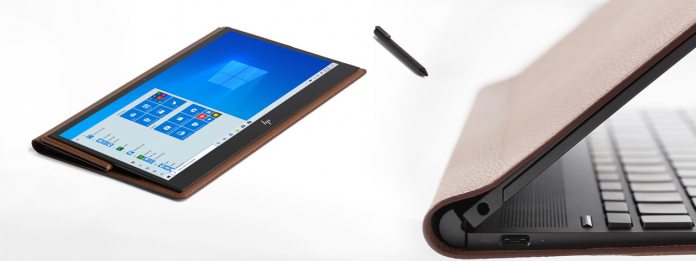Microsoft points out this build represents a good time for Insiders not on Windows 10 21H2 to make the jump. The update is available through the company’s “seeker” feature. This allows Insiders to install by heading to Settings > Update & Security > Windows Update and choose to the relevant build. In terms of what Windows 10 build 19044.1147 brings to the 21H2 party, it is not a lot. Microsoft is already into winding down any new features on the preview to focus on stabilization ahead of release. Of course, we can also not forget Windows 11 will be the focus of new features moving forward. Still, Microsoft says the following is now part of Windows 10 21H2: “We added a new policy that creates generic strings and removes branding-specific terms, such as “Windows” or “PC”, for IoT Enterprise editions. For example, we changed “computer” to “device”. Instead of “Getting Windows ready,” we changed that to “Getting things ready” and so on. These generic strings are displayed on a user’s screen when an update is in progress.”
A Strange Journey
Windows 10 21H2 has been on something of a weird journey since arriving in preview late last year. It was originally thought to be “Sun Valley”, an update that brough numerous changes to the platform, including a design overhaul. Sun Valley eventually became Windows 11, which was announced last month. That introduction cast some doubt over the future of Windows 10 21H2. While it was clear the update would still arrive – Microsoft will continue to support Windows 10 until 2025 – it was not known what features would be included. Earlier this month, Microsoft confirmed 21H2 will launch in October. Last week, the company added details about what changes to expect. Specifically, Windows 10 21H2 will bring some new features to users, including passwordless improvements for Windows Hello for Business. Elsewhere, Microsoft will add WPA3 H2E support, GPU compute for Windows Subsystem for Linux (WSL), and Azure IoT Edge for Linux on Windows (EFLOW) deployments. Tip of the day: Hard drives are getting faster and more affordable every day, but unfortunately, their moving parts will always make them loud and mean their power draw isn’t insignificant. This can be a particular issue for those with laptops, leading many to wonder how to turn off a hard disk after it reaches an idle state. In our tutorial we are showing you Windows 10: How to Turn off Hard Disk after Idle to Save Power .




